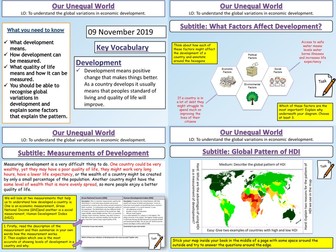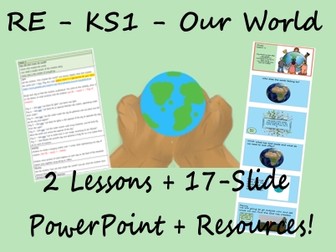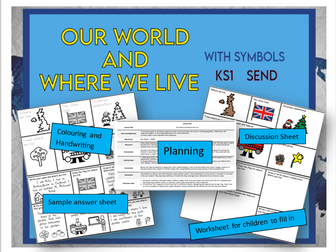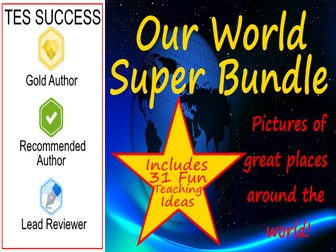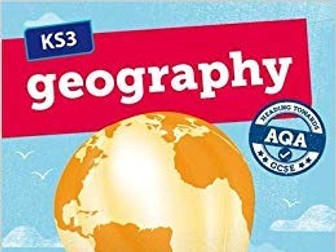
The Development Gap: Our Unequal World
AQA GCSE Geography lesson. At least 1 hour long. This lesson explores what the concept of development is. the students then explore what factors affect development worldwide by annotating the four categories with ideas, Social, environmental, political and economic. We then look at GNI and HDI as measurements of development and consider both their strengths and weaknesses. We then look at global patterns of HDI, and quality of life. Included is:
Map interpretation starter
Factors of development activity
Video clip on development measurements
Activity on development measurements
HDI questions activity.
Hope this helps.
https://www.tes.com/teaching-resources/shop/markthegeographer
